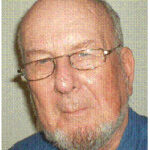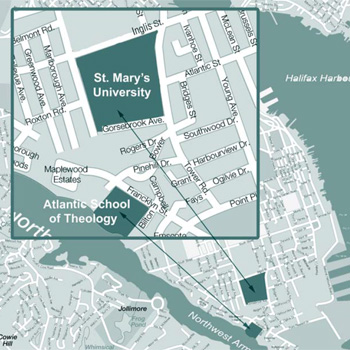So you’re on your way to the spring meeting of the board of trustees of Redemption Theological Seminary. You’ve served on Redemption’s board three years now, and finally you’re beginning to feel you have a handle on what makes Redemption tick, how the president and senior administrators think, who the principal faculty members are, and where the key trouble spots are to be found.
The president hasn’t warned of any clouds on the immediate horizon though, and he’s usually good about that. Money’s tight of course, but the budget is balanced, with usual nips and tucks showing in the documents that came in the mail recently. It looks like the upcoming meeting is going to be pretty routine: hear some reports, adopt the usual array of motions and resolutions, and chat with fellow board members you seldom see between board meetings. Not much attention on the big picture.
Outside of crises, that’s life on a fair number of theological school boards. But it’s hard to argue that that kind of activity adds much value to the school, and adding value is one of key roles of governing boards at their best.
This issue of In Trust offers a gentle invitation to graduate theological school boards and their members to take a step back and focus specifically on the big picture of the school they serve. How does it relate to the churches and communities that constitute its constituency? Is it attracting the kind of students its constituents want and need as ministers? Is the education the school offers what the students need? Where should the school be five or ten years from now? What steps need to be taken now to keep it marching in the right direction?
Most of the articles that follow tell stories about what happened when schools and individual school leaders began asking big-picture questions. In some cases the school was driven by crisis, usually monetary crisis, to ask the questions, but boards would serve their schools better if they disciplined themselves to raise the questions before crisis erupts. Some crises might be headed off before they happened, and the schools better served thereby.
Take the story of Atlantic School of Theology that associate editor Melinda R. Heppe tells in “The University Connection.” AST was forced into the exploration that led to its affiliation with Saint Mary’s University by the threat of losing its government funding, but William Close, its president, and its board used the challenge as an opportunity for creative thinking that likely made the school more valuable and a better servant of its public than it was before the process began. Good collaborations often make both partners stronger than they were when they stood alone. Heppe describes a number of seminary-university collaborations in her article. Should your school be thinking of collaboration?
What about your students? Are you attracting the right ones? John Aldridge, as Barbara Saunders reports in “The Finding of the Four Thousand” in this issue, decided from his perspective as a Presbyterian elder and as a trustee of Columbia Theological Seminary that the Presbyterian Church (U.S.A.) was desperately short of younger clergy.
He decided to do something about it. By the time he was done, a program had been launched that may steer not only young Presbyterians, but young United Methodists, Episcopalians, and members of the United Church of Christ into the ordained ministries of their respective denominations.
Maybe your spring meeting doesn’t need to be routine. Sometimes shifting away from the routine and opening up big issues to creative examination and development begins simply by asking “Why?” Where are the whys in your school’s activities?




























